Highlights
- New hazard icon simplifies the reporting process on Waze.
- Streamlined interface enables quicker road condition reports.
- Update removes specific hazard reporting options like roadkill.
- Retains extensive list of reportable conditions for comprehensive coverage.
Waze, the popular navigation app renowned for its user-driven approach to real-time traffic and road condition updates, has rolled out a significant update to its reporting features on both iOS and Android platforms.
This update introduces a fresh look for the reporting interface and streamlines the process, although it also phases out a few specific reporting options.
Waze Revamped for Android and iOS
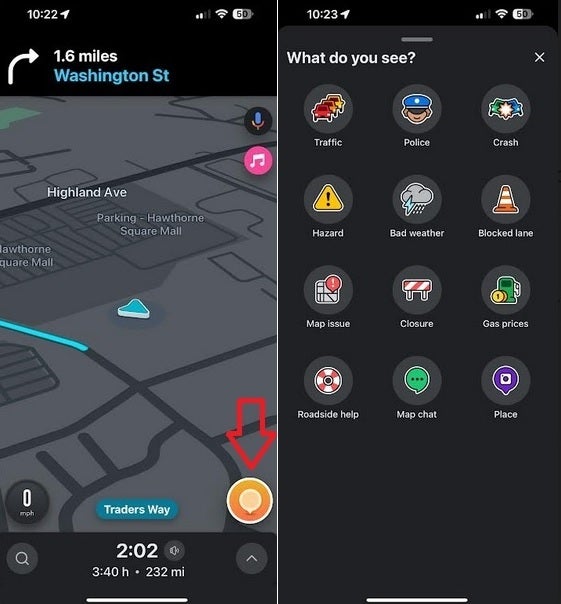
The core of the update is a new hazard icon located at the corner of the screen. Tapping on this icon unveils a redesigned menu with the prompt, “What do you see?”
This intuitive approach allows users to quickly report a wide array of road conditions such as traffic jams, accidents, police presence, adverse weather conditions, blocked lanes, road closures, and more.
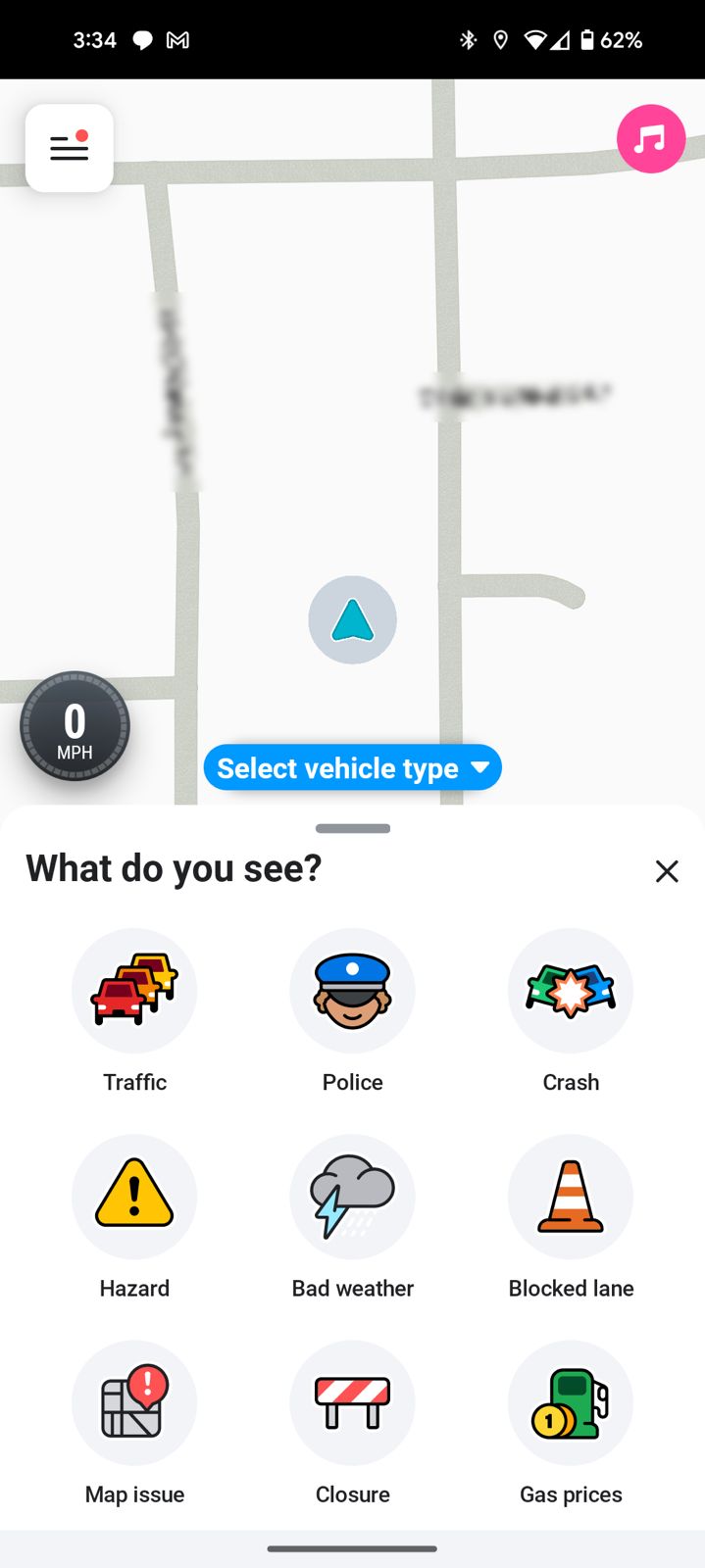
Additionally, the app now offers functionalities to report gas prices or seek roadside assistance from the community.
The revamped interface not only sports a new visual design but also simplifies the reporting process.
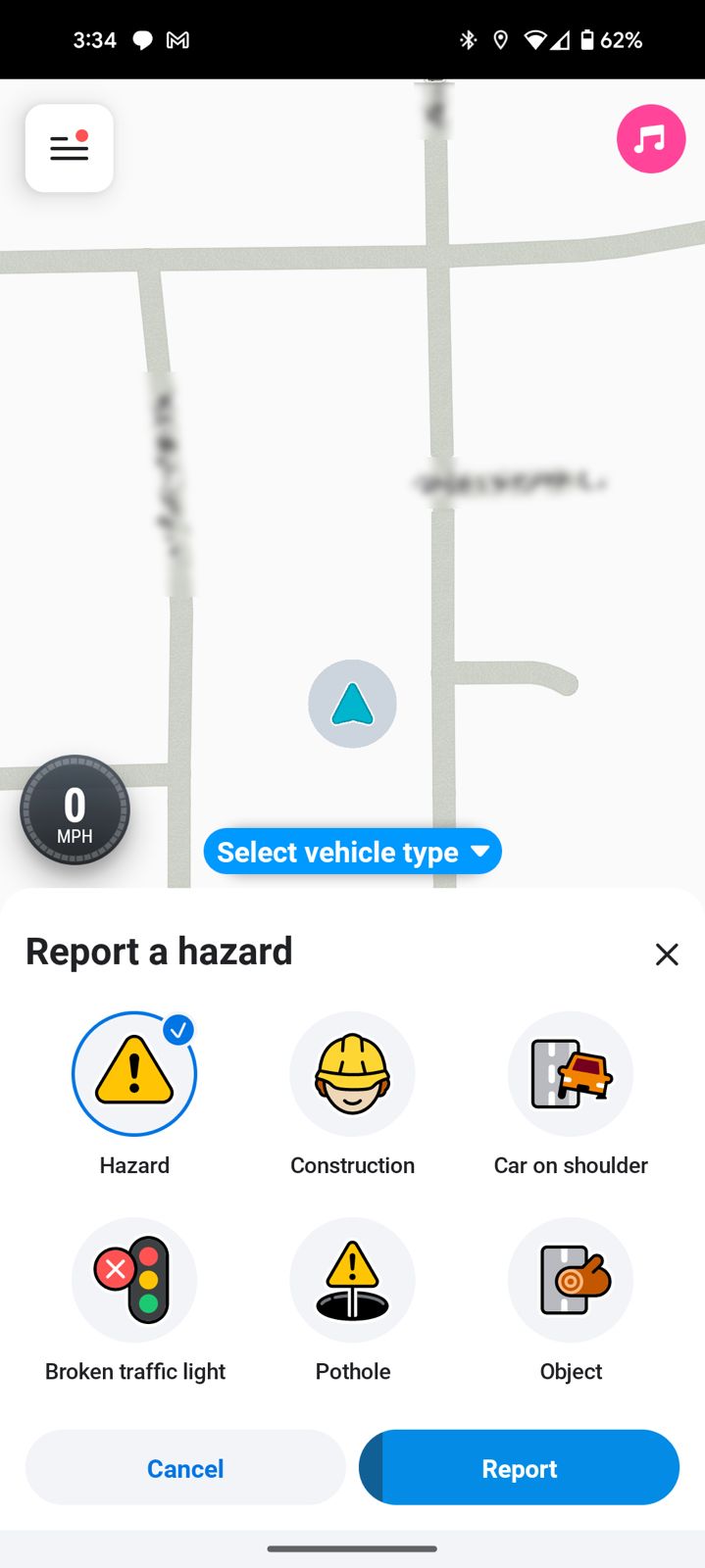
Users will find that they can now reach the necessary reporting options with fewer taps, as the menu dynamically updates with more specific choices based on the initial selection.
Moreover, reports can be automatically sent after a brief moment, requiring no further input from the user, enhancing the efficiency of reporting.
Some Features Removed
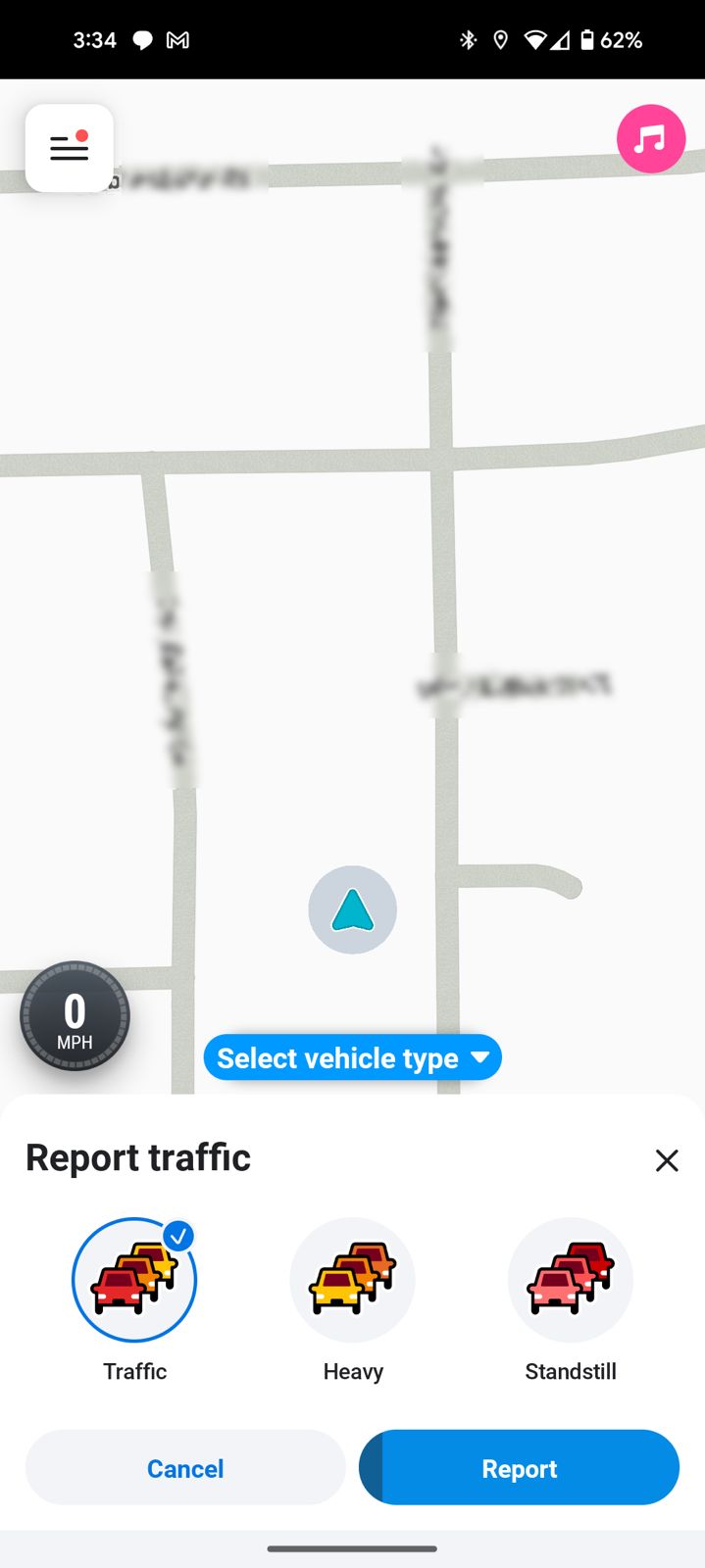
However, the update has led to the removal of certain options from the “Hazard” section, such as reporting roadkill or a car stopped in the middle of the road, though a “car on shoulder” option remains.
These changes have sparked some discussion among the Waze community, as the options for reporting specific types of hazards have been narrowed down.
Despite these adjustments, the app still retains a comprehensive list of reporting categories, including traffic conditions, police sightings, crashes, various hazards, bad weather, blocked lanes, map issues, closures, gas prices, roadside help, map chat, and places.
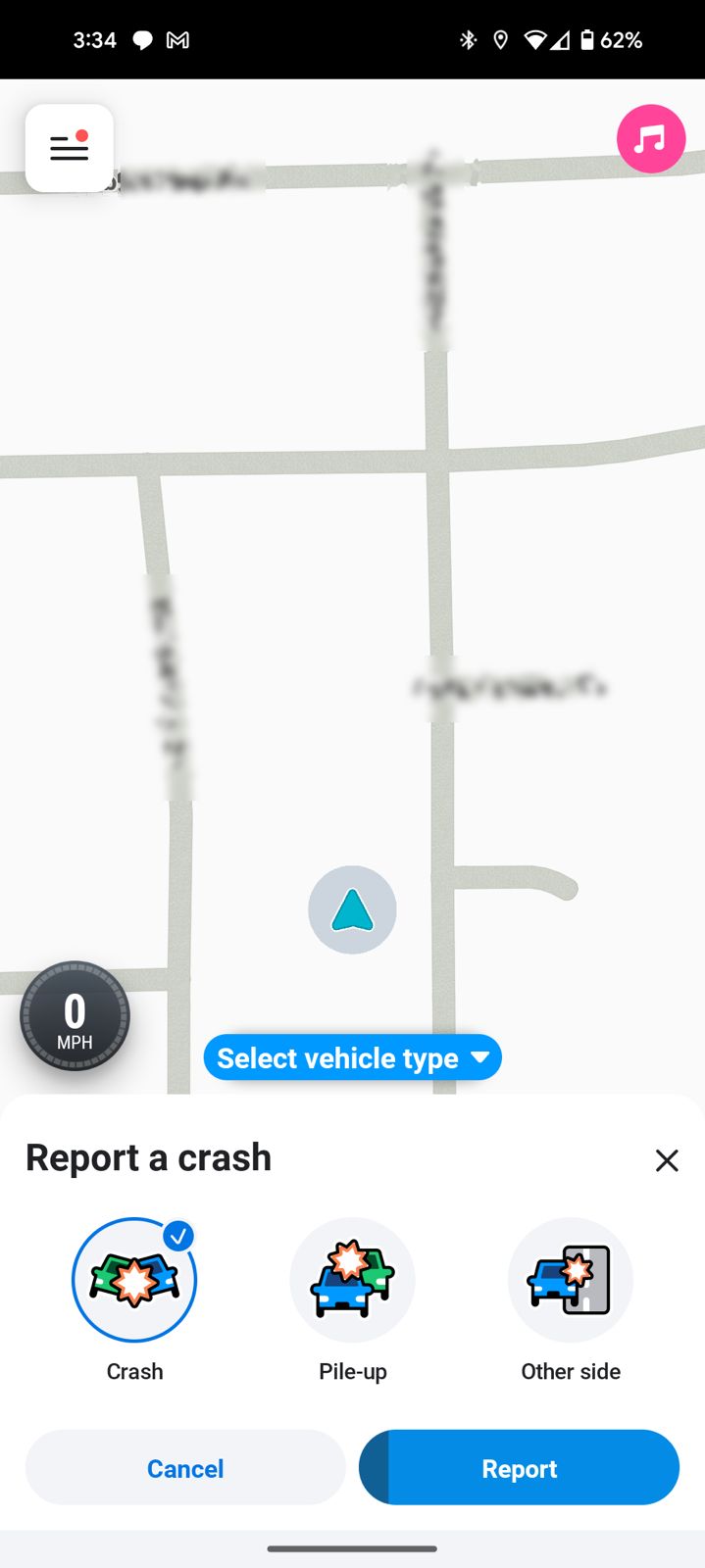
FAQs
Q: What’s new in the Waze reporting update?
A: The latest update introduces a redesigned reporting menu, accessed via a new hazard icon, making it easier and quicker to report road conditions, though it removes some specific reporting options.
Q: How has the Waze reporting process been simplified?
A: Waze’s updated interface reduces the number of taps needed to report conditions, with dynamic menus for more specific choices and automatic report sending after a brief pause.
Q: What reporting options have been removed in the Waze update?
A: The update has phased out the ability to specifically report roadkill and cars stopped in the middle of the road, focusing on a streamlined set of hazard categories.
Q: Can I still report traffic jams and accidents on Waze?
A: Yes, users can still report a variety of road conditions, including traffic jams, accidents, police activity, and more, with the updated Waze app.
How does Waze work?
The Waze navigation mechanism
The power of Waze is in your hands. By simply driving around with Waze open on your device, you share real-time information that translates into traffic conditions and road structure.
When you use Waze, you can also actively report to the community on traffic, accidents, police traps, blocked roads, weather conditions and much more. Waze collects this information and immediately analyzes it in order to provide other Wazers with the most optimal route to their destination, 24 hours a day.
The easiest way to improve Waze is just to drive around with Waze open on your screen. Even if you aren’t using Waze to navigate, just open it. You don’t have to do anything.
Waze uses the information it collects to calculate average speed, check for errors, improve road layout and learn road and turn direction. There’s no need to make special trips with Waze. In fact, Waze works best on your regular trips and commuting.
The maps and navigation are powered by users. The more people drive with Waze open, the better the navigation.
Who is Waze designed for?
Waze is powered and used by drivers all over the world. Drivers connect to one another and work together to improve each other’s driving experience.
As a community-based traffic and navigation app, Waze was created as a social navigation tool for private cars. Because of that, we don’t currently support navigating in lanes dedicated to public transportation, bicycles or trucks.
How Waze learns your routes?
In order for Waze to accurately give you the optimal route, depending on your settings, it needs to have accurate data for all neighboring segments and routes. Waze collects data for every road driven with the app open.
Next time a specific road is driven with the app open, Waze will know to compare data between each possible route and will know how to better to suggest the optimal route.
We always work to improve the algorithm of the system so it will suggest the optimal route.
However, there might be better routes than the ones suggested by Waze. Routing issues like this happen because the system works on real time and average statistics. We suggest that you take the suggested route a few times so that Waze can learn from it.
If, in your estimation, Waze doesn’t give you the best route, it may be due to the following:
A map error somewhere along your preferred route
A lack of correct speed/traffic data for that route
A lack of correct speed/traffic data on the route it is trying to send you on
Internet connection
Waze was built assuming a data network connection would be present all, or at least most, of the time. For all aspects of Waze to operate, you must have an active data connection on your mobile device.
This connection enriches Waze with real-time traffic-related information and ensures an up-to-date map. Without an internet connection, you won’t be able to locate or navigate a route.
If you have an intermittent connection, Waze will try to get data from the servers for traffic alerts and hazards, but may not be able to give you reliable information. Additionally, if Waze doesn’t have a connection back to the Waze servers, you will not be able to post hazards.
Waze does not cache reports or map issues to send later.
Who owns Waze?
Google currently owns Waze. In June 2013, the United States Federal Trade Commission (FTC) questioned whether Google’s acquisition of the company might violate competition law, given that Waze was one of the few competitors in the mobile mapping sector to Google Maps.
The FTC re-examined Google’s acquisition of the company in 2020, but no changes in ownership have been effected since then.
Under Google, Waze has largely remained independent as a separate brand. Although, its 500 employees have been integrated into part of Google’s Geo organization, which oversees Google Maps alongside Earth and Street View.
Is Waze better than Google Maps?
What makes one app better than another depends on how you want to use it, so it’s hard to say one is objectively better than another.
While Google Maps is perhaps more powerful and provides offline navigation, Waze offers more accurate, active traffic conditions than any other navigation service.
Also Read: Google Chrome Embraces Material You Design: A New Era of Browsing
Also Read: Google Chrome Will Block All Suspicious Downloads
Also Read: Add Hues To Your Google Chrome Browser’s Tab
